The Evolution of Custom Packaging: Then vs. Now
Understanding the Importance of Packaging
Packaging has always been an essential part of how products reach consumers, protect items, and communicate brand values. As consumer expectations have evolved, so too has the role of custom packaging, transforming from a practical necessity into a powerful tool for branding, marketing, and environmental sustainability.
The Early Days of Packaging
The Primary Purpose of Packaging in the Past
In its early days, packaging was purely functional. Its primary purpose was to protect goods from damage, contamination, and spoilage, especially during long transportation periods. Packaging materials were chosen based on what was available and reliable—often wood, glass, or basic paper.
Materials Used in Early Packaging
The choice of materials in early packaging depended largely on regional resources and technological limitations. Glass, wood, and simple paper packaging were standard, each offering some level of protection and durability but lacking in visual appeal or brand identity. Branding elements were limited, with only essential product details printed.
The Role of Custom Packaging in Traditional Marketing
Custom packaging as we know it was not a priority in the past. However, even early on, businesses understood that a unique touch could differentiate their product. Basic logos or symbols on packaging hinted at the beginnings of brand identity but were often overlooked as most consumers prioritized functionality over aesthetics.
Evolution of Consumer Expectations
As consumer expectations grew, so did their interest in more than just the product—they also cared about presentation, brand story, and visual appeal. This shift marked the beginning of modern custom packaging as brands started to realize that packaging could be a powerful marketing tool.
The Rise of Custom Packaging
Emergence of Brand Identity Through Packaging
As competition in various industries intensified, businesses began using packaging to create a distinct identity. Custom packaging enabled companies to differentiate their products, making them more memorable and establishing a consistent brand image. Through unique designs, colors, and shapes, brands could communicate their values, mission, and style directly to consumers.
The Shift Towards Customer-Centric Packaging Solutions
With the rise of e-commerce, the unboxing experience became a significant part of the customer journey. Custom packaging evolved to not only protect products but also to create a memorable experience. This customer-centric approach led to new trends, where the aesthetics and functionality of packaging played a role in consumer satisfaction.
Technological Advancements in Packaging
Digital Printing Revolution
Digital printing has had a transformative effect on custom packaging. It allows for high-quality graphics, vivid colors, and complex designs that were previously impossible or costly to achieve. Digital printing has made it feasible for businesses to use custom packaging as a tool for branding and storytelling.
Eco-Friendly Packaging Innovations
As the demand for sustainability increased, packaging materials evolved. Today, brands use recyclable, compostable, and biodegradable materials to reduce their environmental footprint. TheBoxCrafting, for instance, has invested heavily in eco-friendly solutions, making it possible for businesses to meet both their packaging and sustainability goals.
Materials in Modern Custom Packaging
Eco-Friendly and Sustainable Materials
Modern packaging materials are a far cry from the glass and wood of the past. Today, businesses have access to eco-friendly materials like recycled cardboard, biodegradable plastics, and compostable materials. These choices allow brands to align their packaging with consumer values, catering to an audience that prioritizes environmental responsibility.
Biodegradable Options in Packaging
Biodegradable materials are a significant step forward in reducing landfill waste. They decompose over time, reducing the long-term impact on the environment. As more companies recognize the need for sustainable practices, biodegradable options have become a popular choice.
Personalization in Packaging Today
Why Personalization Matters in Today’s Market
In an era where consumers seek unique and personalized experiences, custom packaging allows brands to stand out. Personalized packaging communicates that a brand cares about the individual customer experience, creating an emotional connection.
Methods for Personalizing Packaging
Brands can personalize packaging by incorporating unique designs, personalized messages, or customized inserts. TheBoxCrafting offers options for custom printing, branding, and even color adjustments, helping businesses create packaging that speaks directly to their audience.
The Role of Custom Packaging in Branding and Marketing
First Impressions and Customer Perception
Packaging is often the first tangible interaction a customer has with a brand, making it crucial to create a positive first impression. Custom packaging can shape perceptions and reinforce a brand’s identity, especially in competitive markets.
Creating Emotional Connections Through Packaging
Custom packaging helps foster emotional connections by making products feel special and unique. Thoughtfully designed packaging can evoke positive feelings, encouraging customers to remember and return to the brand.
Environmental Impact and Sustainability
Growing Demand for Sustainable Packaging
As environmental consciousness grows, so does the demand for sustainable packaging. Consumers want packaging that aligns with their values, and brands are responding by adopting sustainable practices and materials.
TheBoxCrafting’s Commitment to Eco-Friendly Solutions
TheBoxCrafting offers eco-friendly solutions in custom packaging, emphasizing sustainable materials and production methods. By choosing TheBoxCrafting, businesses can ensure their packaging aligns with environmental goals, appealing to eco-conscious customers.
Case Study: TheBoxCrafting’s Approach to Custom Packaging
TheBoxCrafting has developed a unique approach to custom packaging, focusing on high-quality materials, innovative designs, and fast turnaround times. By offering complete customization, TheBoxCrafting has set a benchmark for the industry, helping brands achieve their packaging goals effectively and sustainably.
Consumer-Driven Trends in Custom Packaging
Modern consumers want more than just a product; they want a memorable experience. Trends like minimalist designs, eco-friendly materials, and interactive packaging are a testament to the evolving expectations of today’s consumers.
The Future of Custom Packaging
Predicted Trends and Innovations
As technology continues to advance, custom packaging will likely see even more innovations. Interactive and digital elements, such as QR codes or AR experiences, are expected to grow, enhancing the consumer experience.
The Continued Rise of Sustainability
Sustainability is here to stay. The packaging industry is moving towards even greener solutions, with innovations in biodegradable materials and low-impact production processes. TheBoxCrafting remains committed to leading the way in sustainable packaging.
Conclusion: The Lasting Impact of Custom Packaging
Custom packaging has evolved from basic, functional designs to sophisticated tools that help brands stand out and connect with consumers. From eco-friendly materials to personalized designs, the changes reflect a growing emphasis on sustainability, consumer experience, and brand storytelling. At TheBoxCrafting, our commitment to quality, customization, and sustainability makes us a trusted partner in this ongoing evolution.
FAQs
- Why is custom packaging important for branding?
Custom packaging helps brands create a unique identity, making a strong first impression on consumers and reinforcing brand values. - How has digital printing impacted custom packaging?
Digital printing allows for intricate designs, vibrant colors, and customization at a lower cost, making it easier for brands to use packaging for branding. - What are some eco-friendly packaging materials?
Common eco-friendly materials include recycled cardboard, biodegradable plastics, and compostable materials that reduce environmental impact. - How can packaging create a memorable unboxing experience?
Personalized designs, inserts, and unique textures or colors can make unboxing feel special, creating a lasting impression. - What is the future of sustainable packaging?
Sustainable packaging will likely focus on biodegradable materials, reusable designs, and low-impact production processes to meet environmental demands.

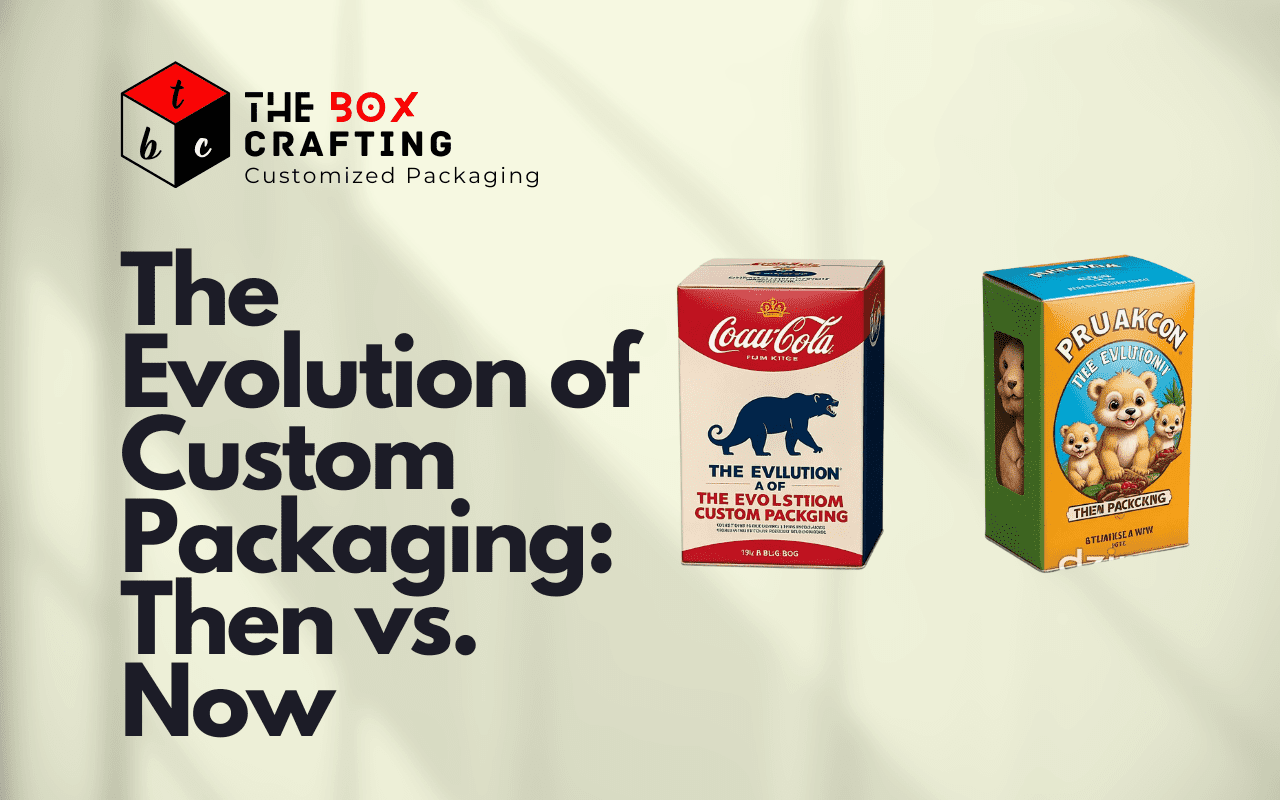
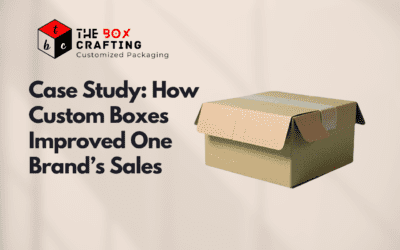
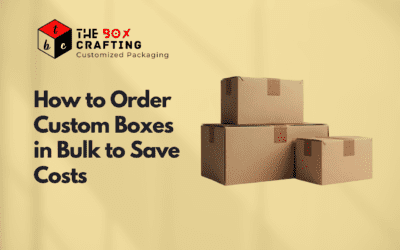
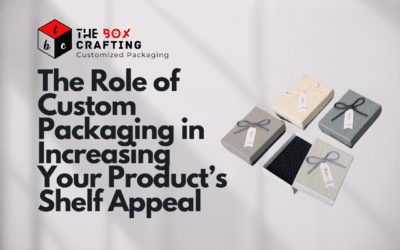
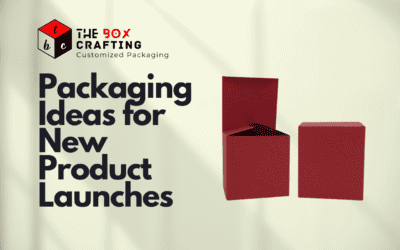

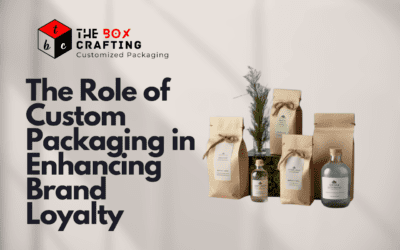
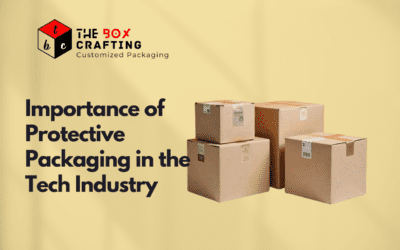

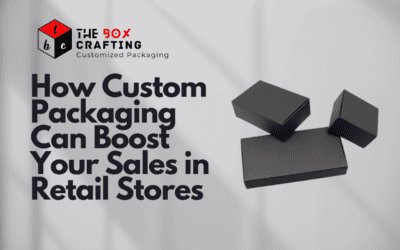
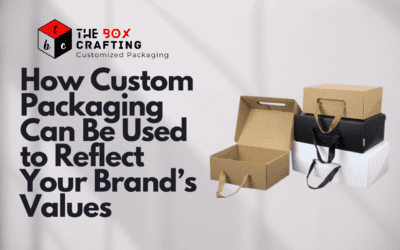
Leave a Reply